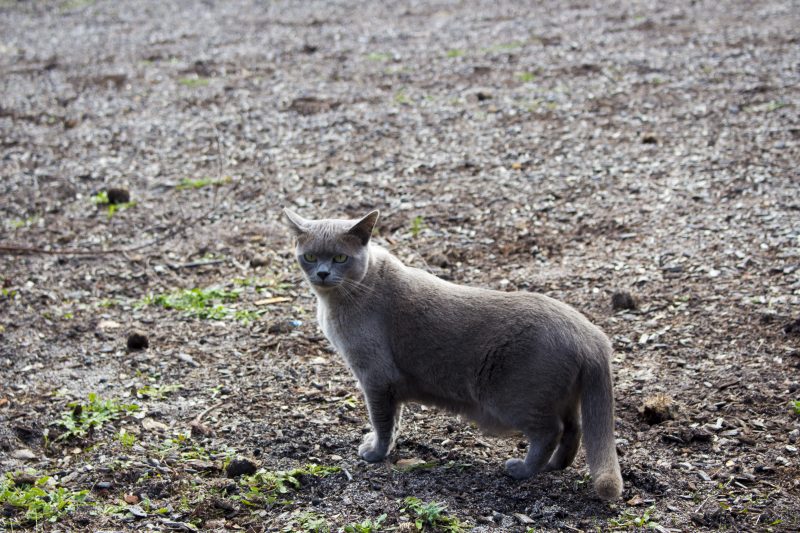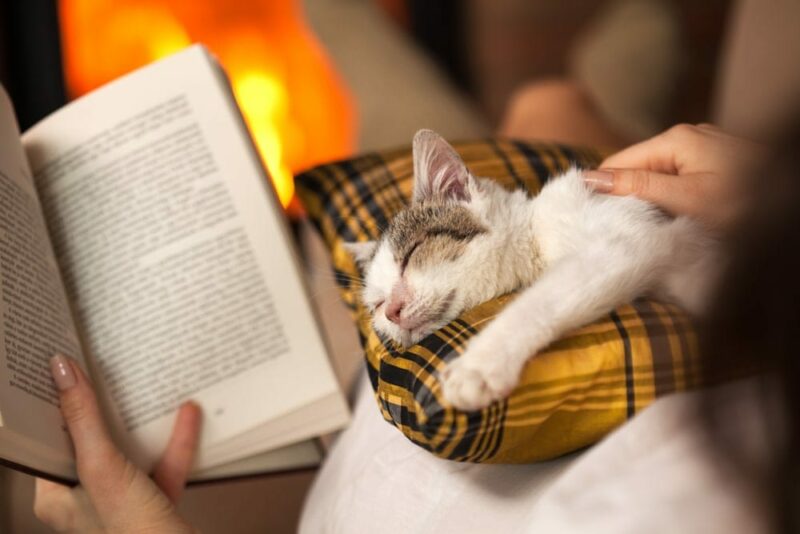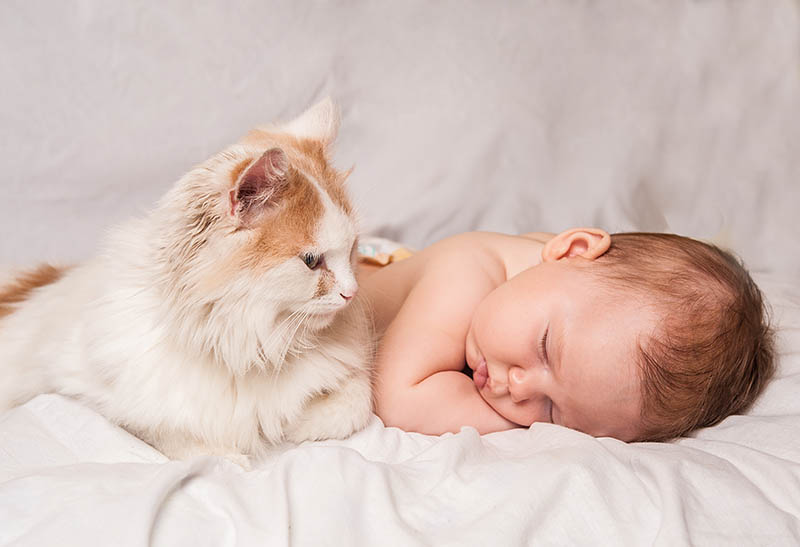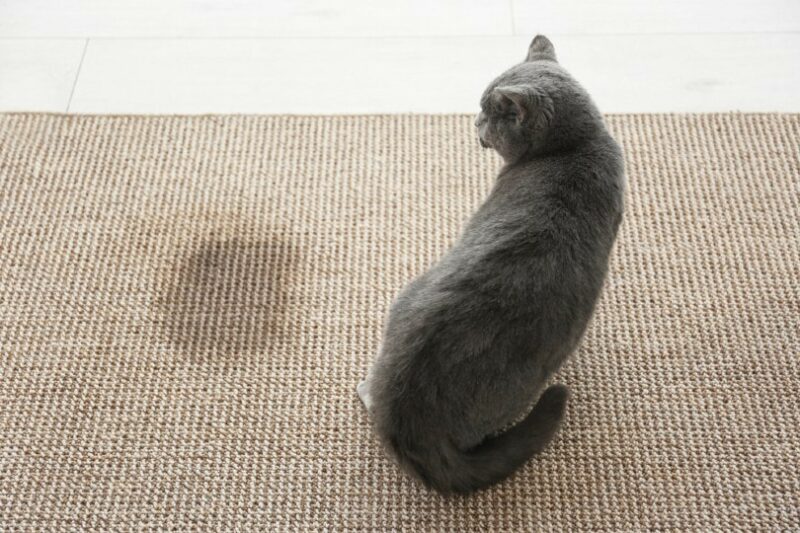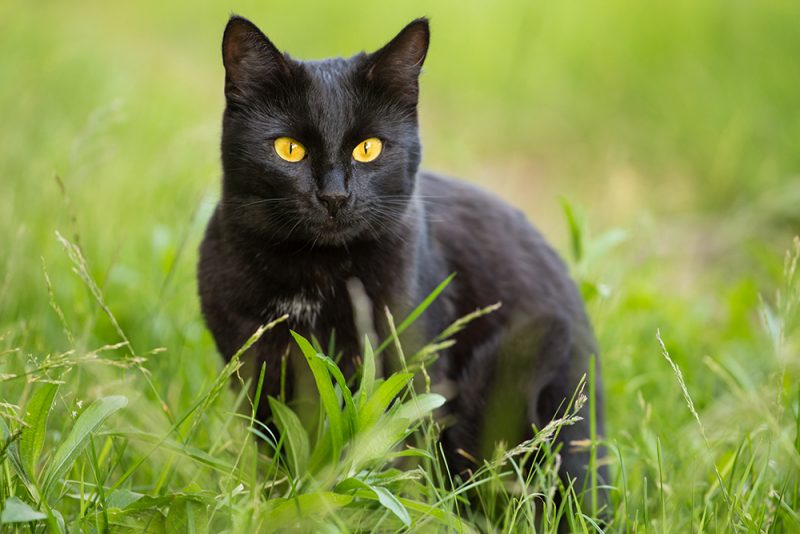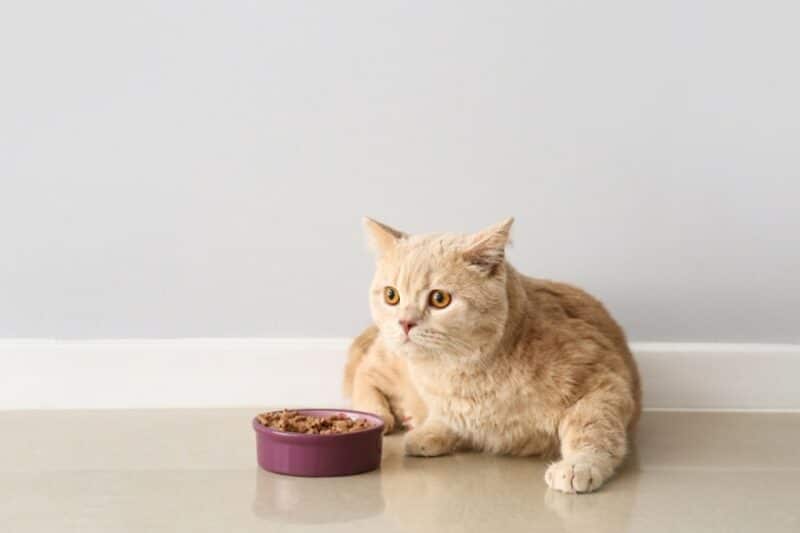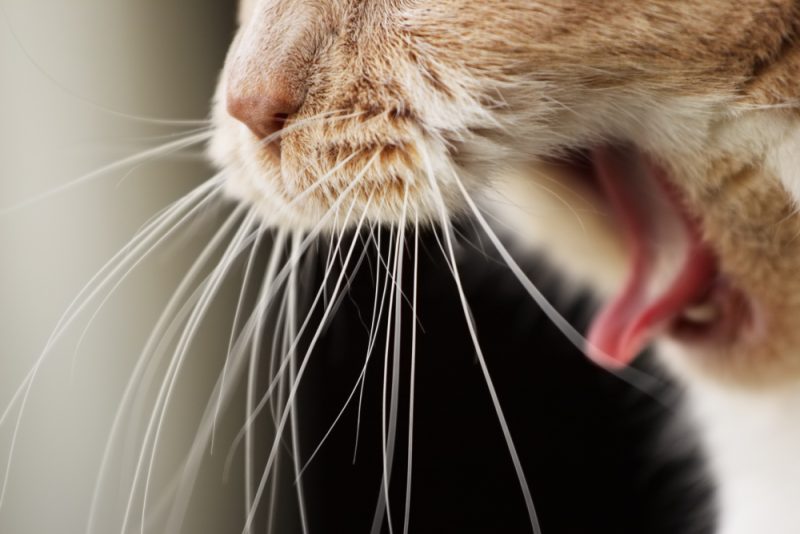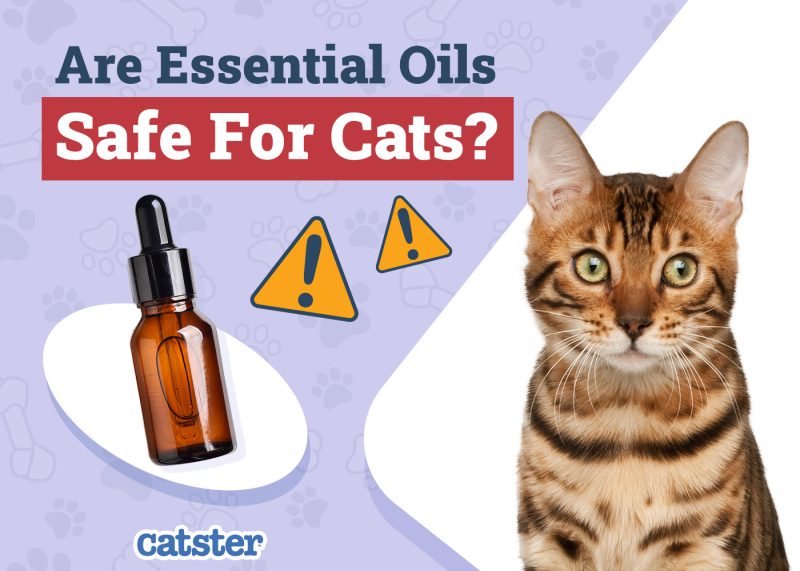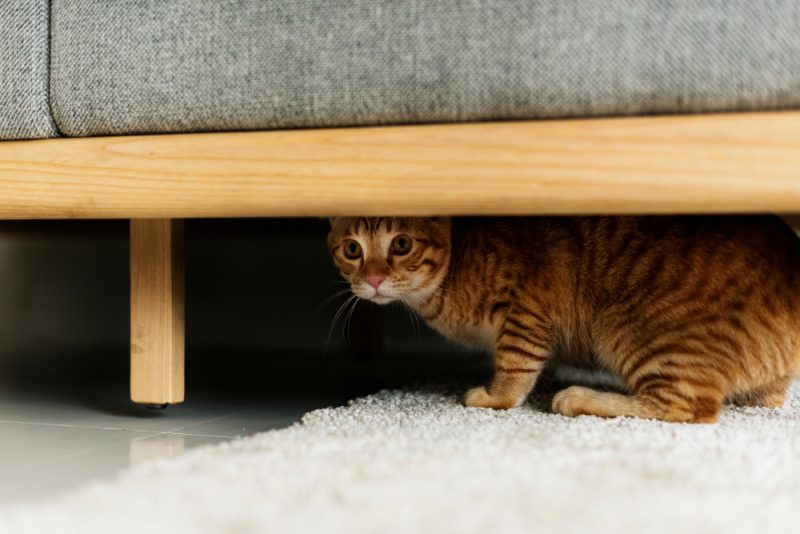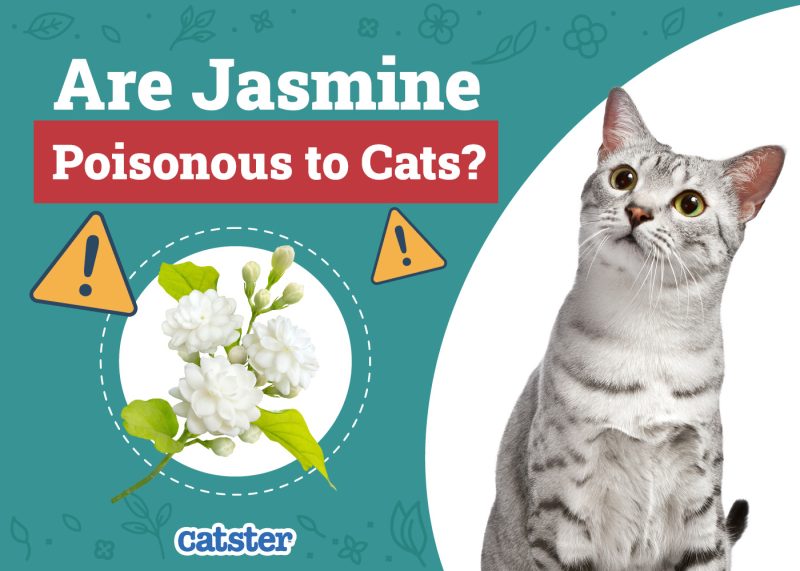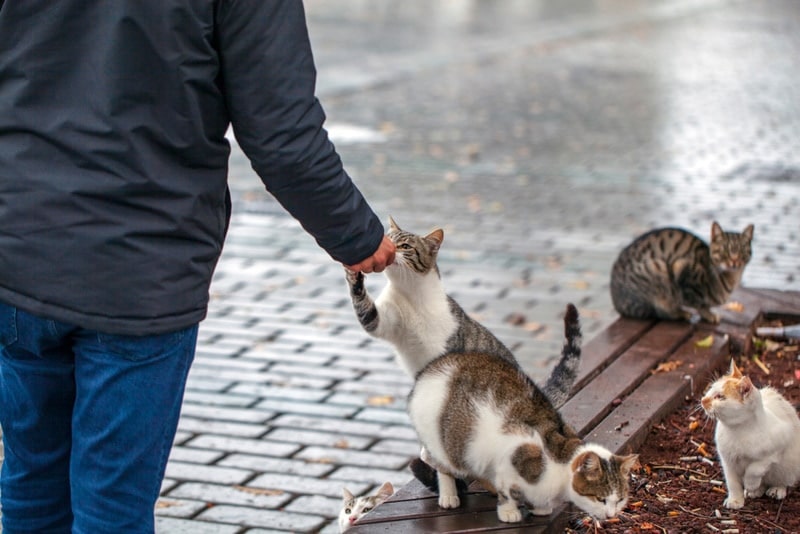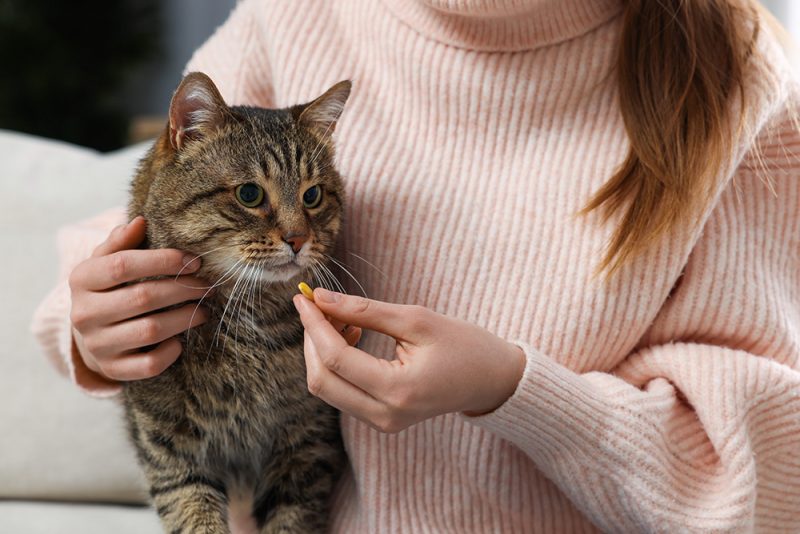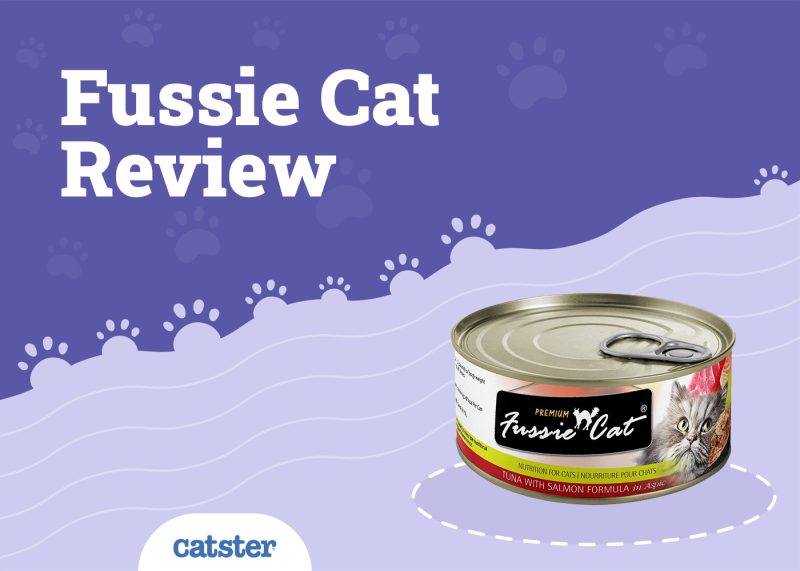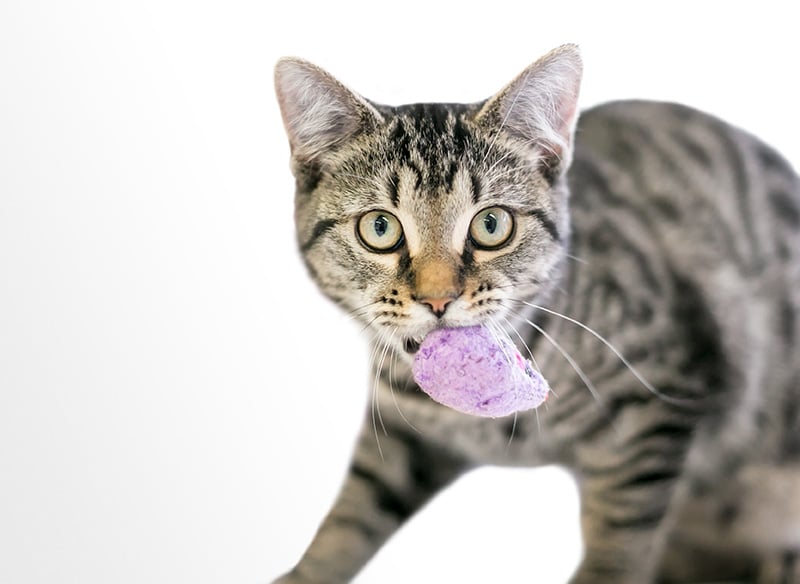In this article
View 5 More +Blue Burmese cats are gorgeous, medium-sized cats with muscular builds and distinctive round heads. They’re known for being almost dog-like due to their affectionate natures and tendency to follow people they love around. Burmese cats come in many shades, including sable, champagne, platinum, and gorgeous rich shades of gray, often referred to as blue.
They are relatively large cats, weighing up to 14 pounds, and they often live long lives; the average Burmese cat’s lifespan is around 18 years. While they may be the descendants of cats from the Thai-Burmese border area, the modern breed was developed in the US early in the 20th century.
Blue Burmese Cat Characteristics

The Earliest Records of Blue Burmese Cats in History
The very first Burmese cat, Wong Mau, arrived in the US from Burma in 1930. Wong Mau had a dark brown coat and dark pointing. She also had a compact, muscular build and a relatively short tail. Wong Mau was given to Dr. Joseph Thompson, who then bred her with a Siamese cat, Tai Mau.
Some of the kittens resembled Wong Mau, and others took after their Siamese cat father. Thompson bred Wong Mau with one of the kittens, which resulted in a litter of compact brown cats—the breed’s founding generation.
Burmese cats are closely related to Siamese cats and tend to be lithe and graceful. But during Harrison Weir’s groundbreaking 1871 Crystal Palace cat show, two kitties with Burmese-cat-like characteristics were shown as Siamese cats, suggesting that cats with similar traits existed before Thompson’s intentional selection for dark, relatively muscular cats with round heads and golden eyes.

How Blue Burmese Cats Gained Popularity
Medium-sized, muscular, sable, pointed cats have most likely existed for centuries in Southeast Asia. Tonkinese cats, Siamese cats, and Burmese cats are all closely related and were considered one breed until cat fanciers began advocating for the three to be classified separately.
Burmese cats became incredibly popular once accepted by the CFA in the 1930s, leading to a fair amount of interbreeding with Siamese cats to produce enough kitties to keep up with demand. Burmese cats were the third most popular pedigree kitties in the US for a few years during the 1970s and began taking home serious wins in national competitions around the same time. Breeders started selecting for the round heads now associated with the breed in the 1970s. Originally, breeders selected exclusively for dark brown coats, but litters regularly popped up with lilac, champagne, and blue kittens.
Formal Recognition of Blue Burmese Cats
While Siamese cats were one of the earliest breeds to be recognized by a major cat fancy organization, Burmese cats were only accepted for registration by the Cat Fanciers’ Association (CFA) in 1936. Due to the amount of outcrossing with Siamese cats, the CFA decided to stop recognizing the breed in 1947.
The policy was reversed in 1957 when there were sufficient numbers of non-hybrid Burmese cats to proceed. Burmese cats were recognized by the Governing Council of the Cat Fancy (GCCF) in 1952 and The International Cat Association (TICA) in 1979.
Originally, only sable cats were recognized by the CFA. Still, due to the regular appearance of kittens with coloring similar to that seen in Siamese cats, the CFA began acknowledging lilac, champagne, and blue Burmese cats in 1979. However, they were initially categorized as Malayan cats. In 1984, the CFA decided to classify “Malayan cats” as dilute Burmese cats, effectively extending official recognition to blue, champagne, and lilac Burmese cats.
Top 3 Unique Facts About the Burmese Cat
1. Wong Mau Was Actually a Tonkinese Cat
While Wong Mau is now recognized as the mother of the Burmese cat breed, it turns out she was actually a Tonkinese Cat, as she had a mixture of Siamese cat and Burmese cat traits. Tonkinese cats come in more than 10 colors and are generally medium-sized, muscular kitties. Although the CFA only recognized them in 1984, they’ve been around for quite some time. They’re most likely the cats described in The Cat-Book Poems of Siam in 1358. During the 19th century, cat lovers in the UK referred to them as “chocolate Siamese cats.”
2. European Burmese Cats Are a Different but Related Breed
Burmese cats are closely related to European Burmese cats, a separate but similar breed that’s also related to Wong Mau. A few of Wong Mau’s descendants made their way to the UK, where they were bred with Siamese cats, creating cats who differ slightly from their relatives in the US. European Burmese cats come in more colors than Burmese cats, including red, cream, and various tortoiseshell combinations. They have slightly curved eyes and are less muscular than Burmese cats. European Burmese cats were elevated to championship status by the CFA in 2002.
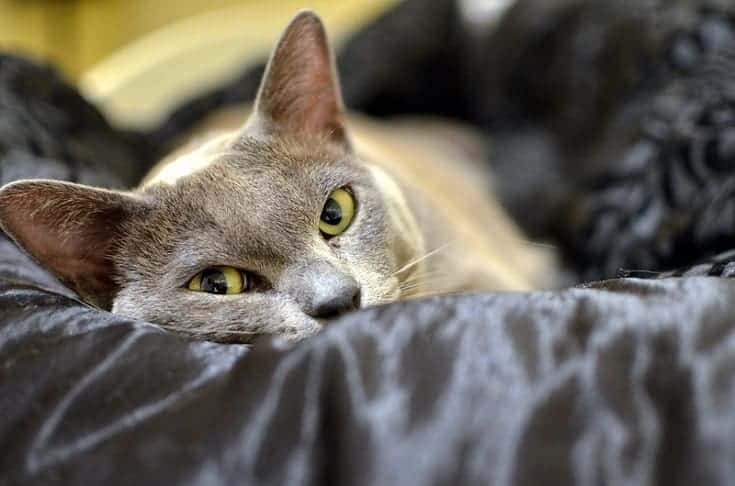
3. Burmese Cats Have Been Around for Centuries
While modern pedigree Burmese cats can all trace their ancestry to Wong Mau, in the past, similar cats were relatively common in the area near the Thai-Burmese border. They reportedly lived in temples and were treated with profound respect. They are said to have been favored by Burmese kings and greatly valued in India.
US Army officers reported seeing kitties with Burmese cat-like characteristics in Thailand during the Second World War. During the 1960s and 1970s, several Burmese cats made their way to the US, but Wong Mau formed the true base for the creation of the modern pedigree breed.
 Do Blue Burmese Cats Make Good Pets?
Do Blue Burmese Cats Make Good Pets?
Burmese cats generally make wonderful pets, as they’re quite loving and easygoing. They are playful and often become quite attached to their companions. Many follow their favorite people from room to room, and others have regular “conversations” with human family members. Most get along well with dogs and other cats. While they tend to enjoy the attention, they aren’t a particularly active breed.
Their short, soft coats only require a little grooming. A good brushing once a week is generally sufficient. Regular at-home dental care and claw trims are also required. They do best when eating high-quality cat food that adheres to the American Association of Feed Control Officials (AAFCO) nutritional guidelines for feline nutrition.

Conclusion
Burmese cats haven’t been around as an official breed for terribly long; the CFA only recognized them in 1936, and the blue variant only got the nod decades later! These muscular, charming kitties trace their ancestry back to a cat from Burma who became the breed’s founding mother.
Blue Burmese cats are typically loving, sweet, and affectionate and make absolutely wonderful pets! Often described as dog-like, they’re known for following their owners around the house. While they enjoy playing games, they’re also happy just hanging out and being mellow as long as their favorite people are nearby.
Featured Image Credit: alybaba, Shutterstock
